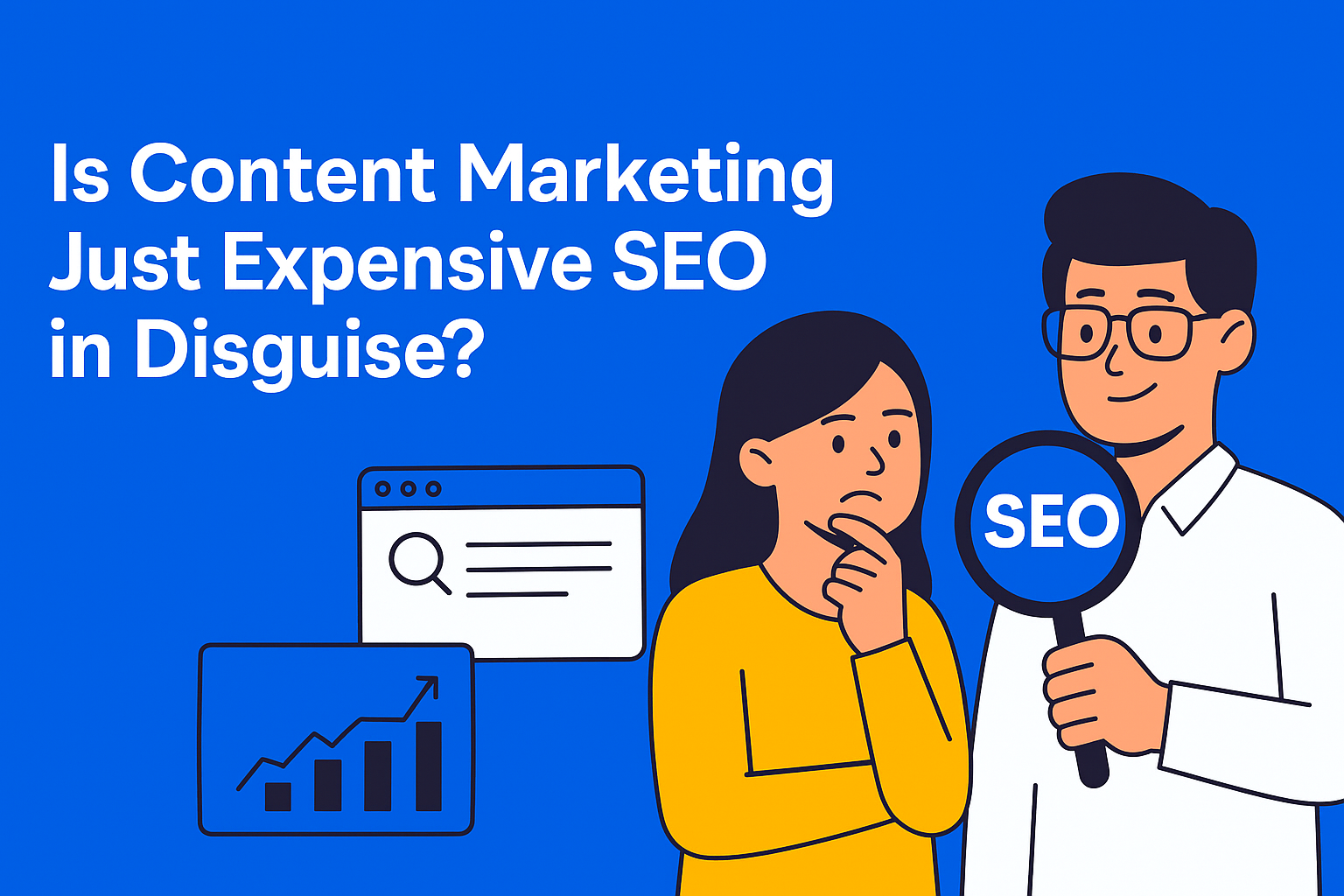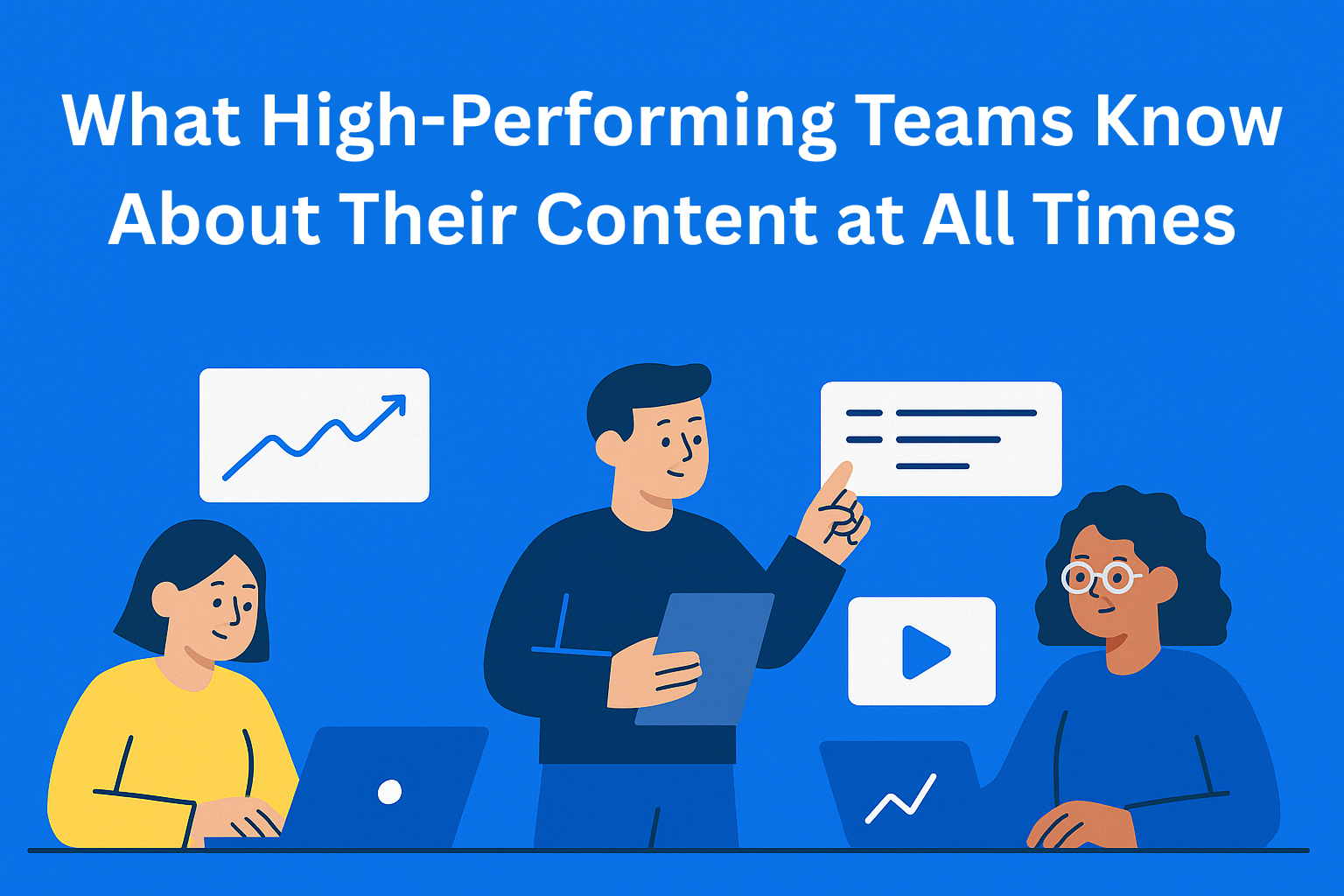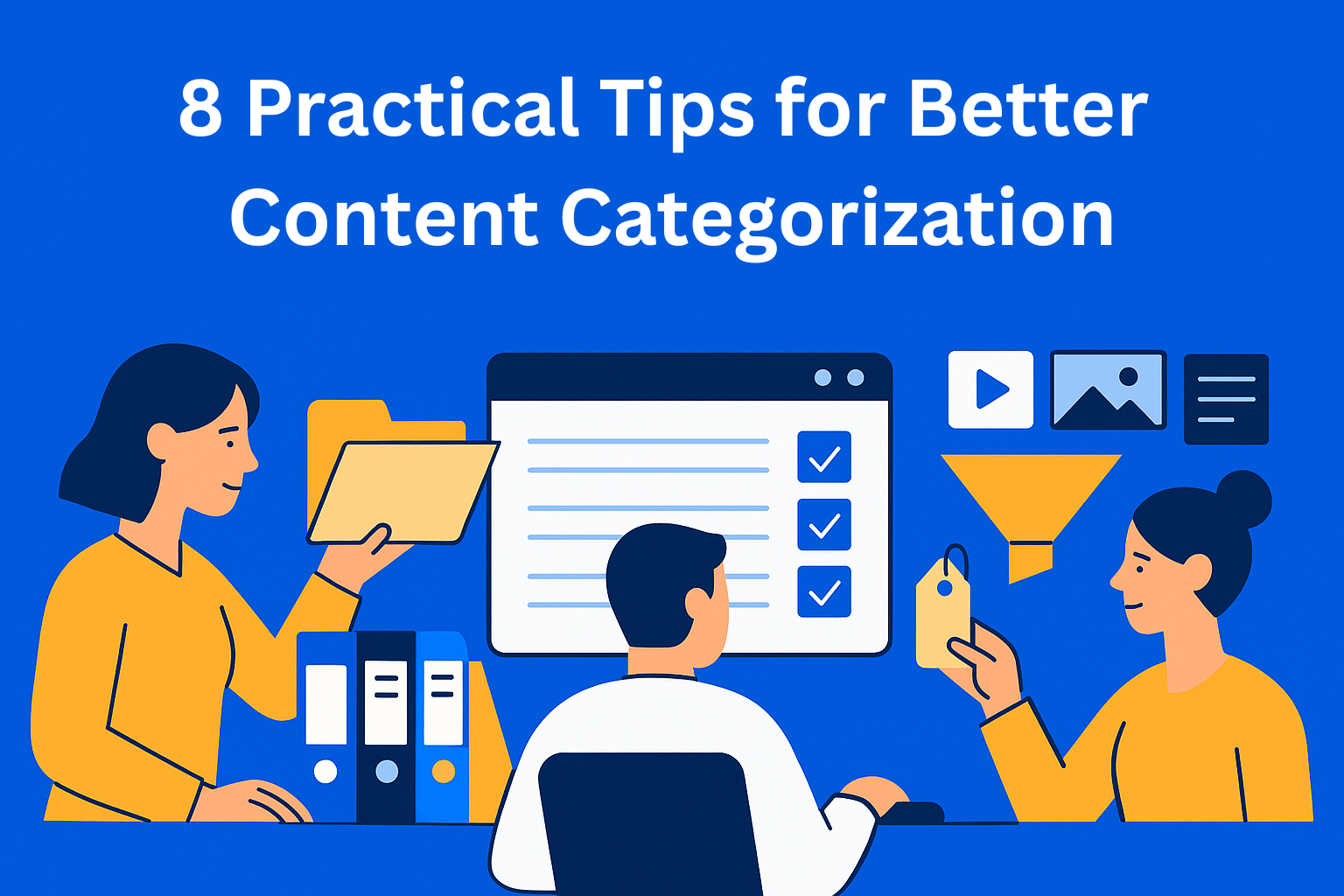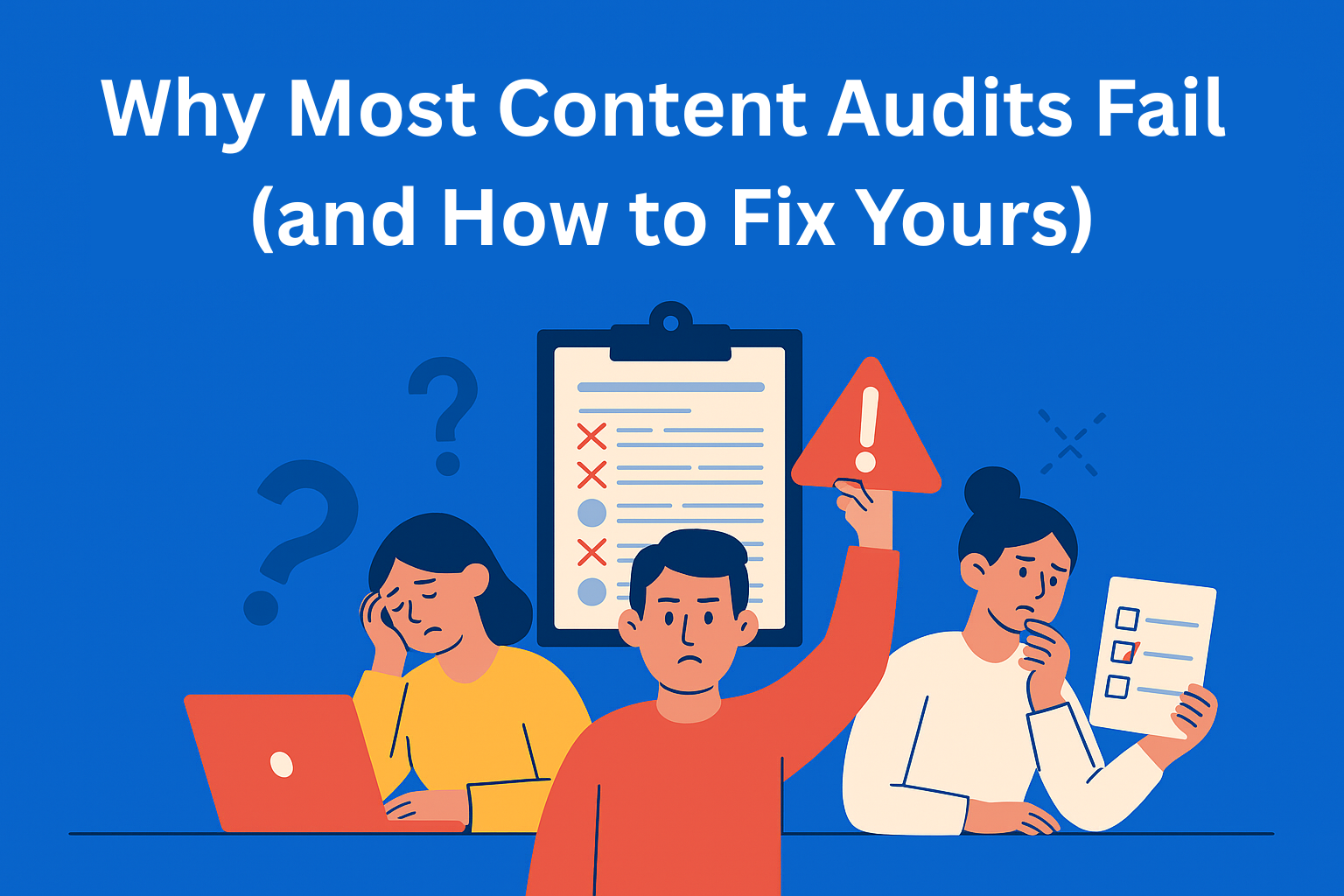Is Content Marketing Just Expensive SEO in Disguise?
Content marketing and SEO often seem like two separate strategies. Discover whether content marketing is just an expensive trick to boost Google rankings or the key to building authority, trust, and long-term customer relationships.

Content marketing and SEO are two terms that are very often mentioned in digital marketing. At first glance, many people see them as completely separate strategies. SEO (Search Engine Optimization) is usually linked to technical aspects and optimizing content for Google, while content marketing is known as the practice of creating valuable content for an audience. But are they really that different? Or is content marketing just a more expensive way to improve search rankings? In this blog, we will give a clear look at where SEO ends, where content marketing begins, and why both are important.
Key Takeaways
- SEO is about visibility - it ensures content can be discovered through search engines with technical, on-page, and off-page tactics.
- Content marketing is about value - it educates, builds trust, and creates long-term relationships with audiences across multiple channels.
- They overlap but serve different roles - SEO helps content get found, while content marketing ensures it resonates and engages.
- Reducing content to SEO alone is risky - it can lead to robotic texts, short-term focus, and loss of audience trust.
- The best strategy combines both - SEO brings traffic, content marketing keeps attention and builds authority.
What is SEO?
SEO, or search engine optimization, is a set of rules and techniques aimed at making your content rank as high as possible on Google and other search engines. When someone types a certain keyword, your goal is for your text, video, or page to appear among the first results.
SEO is made up of several parts:
- Technical SEO - site speed, structure, mobile friendliness.
- On-page SEO - proper use of keywords, meaning that you include keywords naturally in meta descriptions, titles, subheadings, and so on.
- Off-page SEO - backlinks, this is when other websites write about you and leave a link to your site. Google sees this as a recommendation, which increases the reliability and importance of your site in the eyes of search engines.
In essence, SEO is the way Google and other search engines “understand” your content and conclude that it is useful. But SEO on its own does not answer the question of whether the content is truly valuable and helpful to readers.
What is Content Marketing?
Content marketing is a broader strategy. It involves creating and sharing content that provides value to the audience. This can include blog posts, video materials, guides, e-books, podcasts, and even posts on social media. The goal is not only for someone to click on a link, but for the content to:
- Educate the audience
- Build trust
- Create brand awareness
- Build long-term customer relationships
In other words, content marketing goes beyond simple optimization. It tries to answer users’ questions, provide solutions, and create a connection between the brand and the audience.
Where SEO and Content Marketing Overlap
It is interesting that SEO and content marketing often overlap. For example:
- When you write a blog post that naturally uses keywords people search for on Google, you are actually doing two things at the same time. On one hand, you help Google recognize and display your text (that’s SEO). On the other hand, if that same text is useful, interesting, and well explained, it builds trust and provides value to the audience (that’s content marketing). So, one single text can satisfy the algorithm while also delivering real value to readers.
- When you create quality content that is engaging, useful, and easy to read, people will often share it on social media. Each share has a double effect: on one hand, more people learn about your brand and brand recognition grows, while on the other hand, Google notes that your content is receiving attention and popularity, which sends positive SEO signals. So, sharing content on social media doesn’t just bring more visits, it also strengthens reputation and improves visibility in search engines.
In other words, SEO and content marketing are not completely separate - they work best when they work together. SEO helps content get discovered, while content marketing ensures that the content is valuable and engaging.
When Content Marketing Goes Beyond SEO
If we look at the bigger picture, content marketing goes much further than SEO. Here are some examples:
- Building brand authority: If your company publishes expert articles or guides that help people solve specific problems, you build a reputation as an expert in your field.
- Emotional connection and storytelling: While SEO focuses on technique, content marketing uses stories to create emotional connections. People connect more strongly with stories than with plain data.
- Long-term relationships: SEO can bring clicks, but only quality content can make people return and trust the brand.
- Multichannel distribution: SEO focuses on search engines, while content marketing also uses other channels - social media, newsletters, and even offline content.
In this way, content marketing shows its broader value - not only to attract visitors, but also to keep them and turn them into loyal customers.
Risks of Reducing Content Marketing to Just SEO
If we see content marketing only as a tool for SEO, we risk losing its true value. Here’s why:
- Texts can become too “robotic” and unnatural.
- The focus can end up only on short-term metrics like clicks, instead of long-term value.
- Audiences can recognize when content is written just to satisfy the algorithm, and not their real needs.
In other words, if everything is reduced to SEO, the essence of content marketing is lost - and that essence is providing true value to the audience.
How to Combine SEO and Content Marketing
By now you can see that the best strategy is a combination. SEO and content marketing are not competitors, but partners. Here’s what that can look like:
- SEO as a tool: use SEO techniques to make your content visible on Google.
- Content marketing as the framework: create content that solves problems, answers questions, and builds trust.
For example, a blog post optimized for a keyword can also be used in a newsletter campaign, as a LinkedIn post, or as part of an educational video. In this way, the content gains additional value, while SEO receives extra signals that the content is relevant.
It is also important to measure success on both fronts. SEO metrics (ranking on Google, amount of traffic, number and quality of backlinks) can be measured with tools such as Google Analytics, Google Search Console, or specialized SEO tools (like Ahrefs, SEMrush). On the other hand, content metrics (engagement, time spent on page, number of shares, comments) are best tracked through social media analytics, engagement measurement tools, and Google Analytics that shows how visitors behave on the site. This way you get a clear picture of how SEO attracts people, while content marketing holds their attention and builds trust.
Conclusion
So, is content marketing just expensive SEO? The answer is - no. Although SEO and content marketing often overlap, their goals and value are different.
When combined correctly, SEO and content marketing deliver the best results. SEO ensures visibility, while content marketing provides meaning and value. Together, they build brand authority, engage the audience, and create long-term customer relationships.






